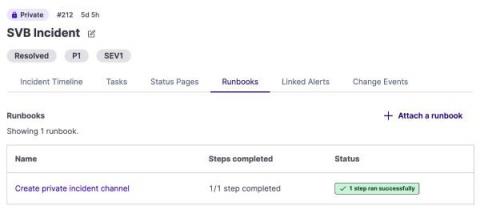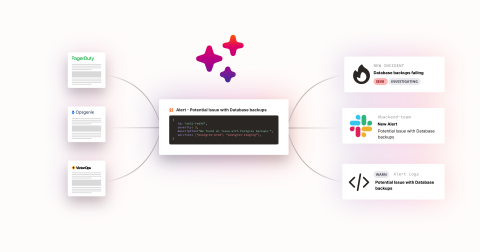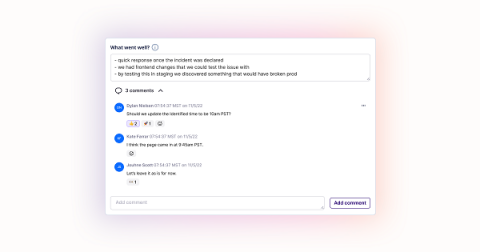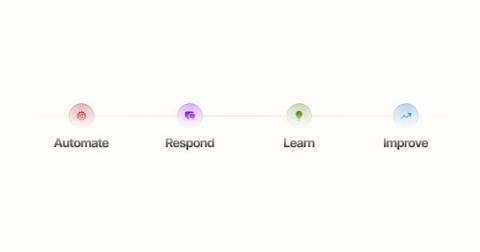The why and how behind running incident response game days
In any high pressure situation, the key to fast action is preparedness. And that’s true when it comes to incidents, too. Documenting and training your team on your incident response processes is essential to ensuring a coordinated and efficient response effort. And training sessions, or game days, as they’re sometimes called, are one way to get everyone up to speed.










